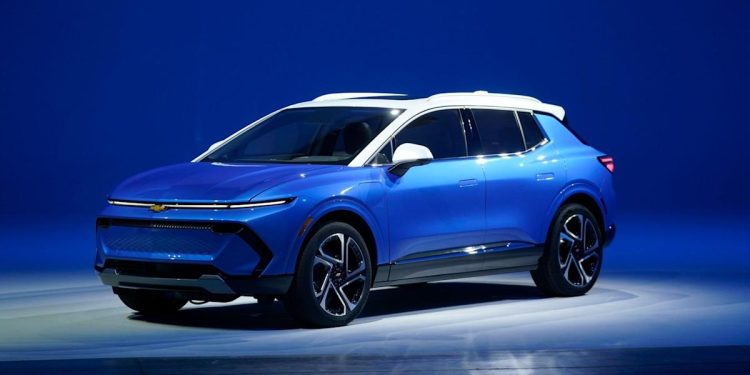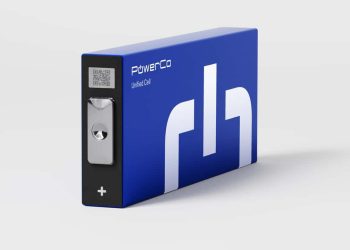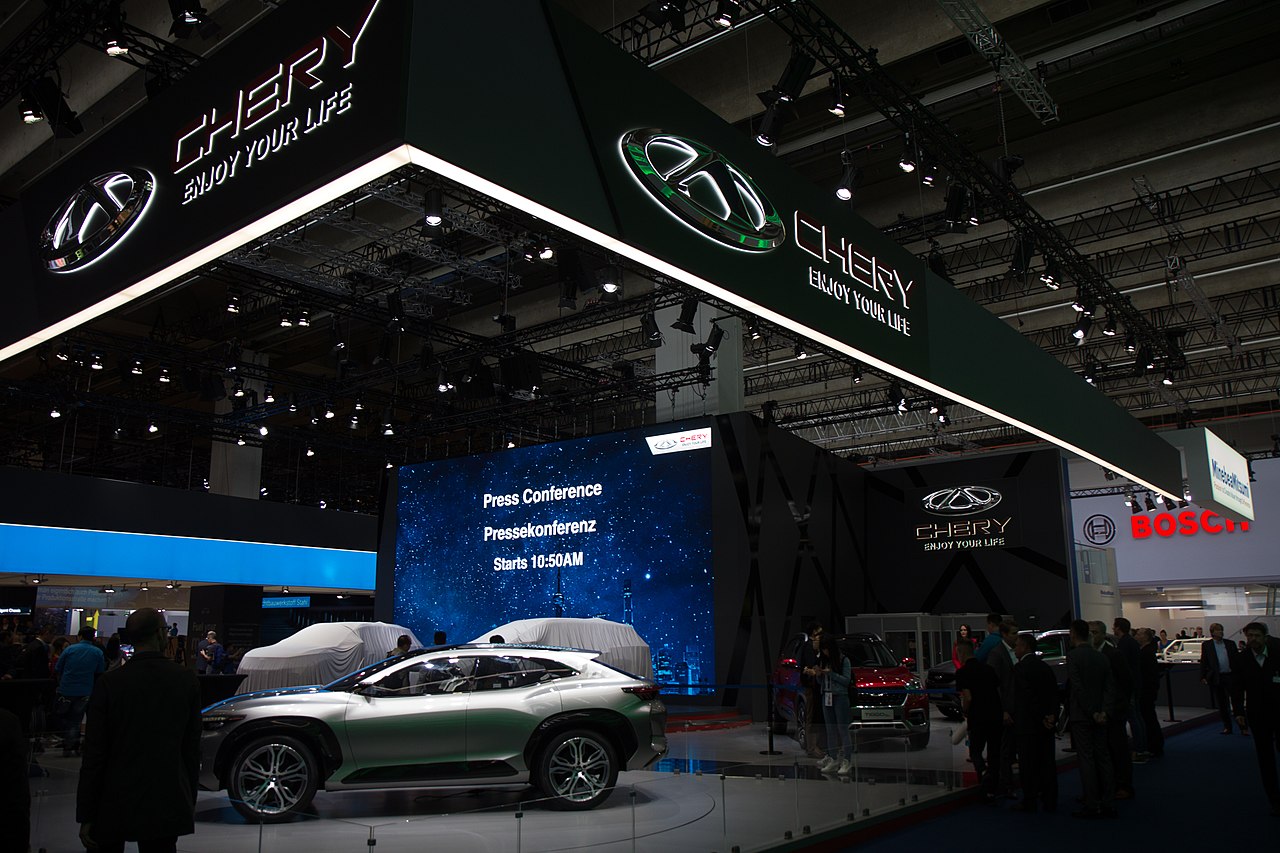The GM EV battery tech breakthrough is trending as General Motors unveils lithium manganese-rich (LMR) prismatic battery cells, set to power electric SUVs like the Chevrolet Silverado and Escalade IQ by 2028, potentially cutting costs significantly. For instance, announced on May 13, 2025, the technology uses cheaper minerals and is 20% lighter, per CNBC. X posts praise GM’s push for affordability, per @ARKInvest, amid rising EV demand. Consequently, the EV market could see a price revolution. Thus, this article explores the GM EV battery tech, its features, impacts, and why it’s driving clicks. Internal link: EV Battery Trends
The LMR Battery Breakthrough
Cost-Effective Design
The EV battery tech leverages affordable materials. Specifically, LMR cells use manganese over costly cobalt, reducing production costs by 15%, per CNBC. Moreover, the prismatic design boosts energy density by 10%, per Electrek. As a result, vehicle prices could drop.
Targeted Applications
Furthermore, large EVs benefit. For example, the Silverado EV and Escalade IQ will gain 400-mile ranges, rivaling Tesla’s Model X, per Reuters. Additionally, GM’s 50% profit-positive EVs in Q1 2025 signal scalability, per CNBC. Therefore, market fit is strong.
Impacts on GM and the EV Market
GM’s Competitive Edge
The GM EV battery tech strengthens GM’s position. For instance, it could undercut Ford’s F-150 Lightning by $5,000, per The Verge. Moreover, X posts note GM’s lead over Tesla in SUV segments, per @Reuters. Thus, market share grows.
Broader EV Adoption
Moreover, it drives consumer uptake. Specifically, cheaper EVs could boost U.S. sales by 25% by 2030, per Electrek. Additionally, the UAE’s AI investment supports EV tech supply chains, per X posts. As a result, EV accessibility increases.
Challenges Facing the Technology
Development Timeline
However, GM EV battery tech faces delays. For example, production won’t start until 2028, risking market lag, per CNBC. Moreover, X posts cite Tesla’s faster battery rollout, per @TechCrunch. Therefore, timing is critical.
Policy Risks
Another challenge is U.S. regulations. Specifically, a proposed bill to end EV tax credits could raise prices by $7,500, per The New York Times. Furthermore, Vermont’s EV mandate pause adds uncertainty, per Reuters. Consequently, incentives are at risk.
The Future of GM’s EV Strategy
Production Scaling
Looking ahead, GM EV battery tech will expand. For instance, GM plans LMR use in midsize EVs by 2030, per Electrek. Additionally, Sunderland’s gigafactory inspires production models, per X posts. Thus, scale accelerates.
Industry Influence
Furthermore, GM will shape EV standards. For example, its LMR tech could push competitors to adopt manganese, per CNBC. Moreover, China’s NIO battery swaps offer innovation lessons, per X posts. As a result, leadership emerges.
In summary, GM EV battery tech with LMR cells promises cheaper electric SUVs, captivating audiences with its affordability stakes. Despite timeline and policy challenges, its scalability ensures impact.
Other News:











